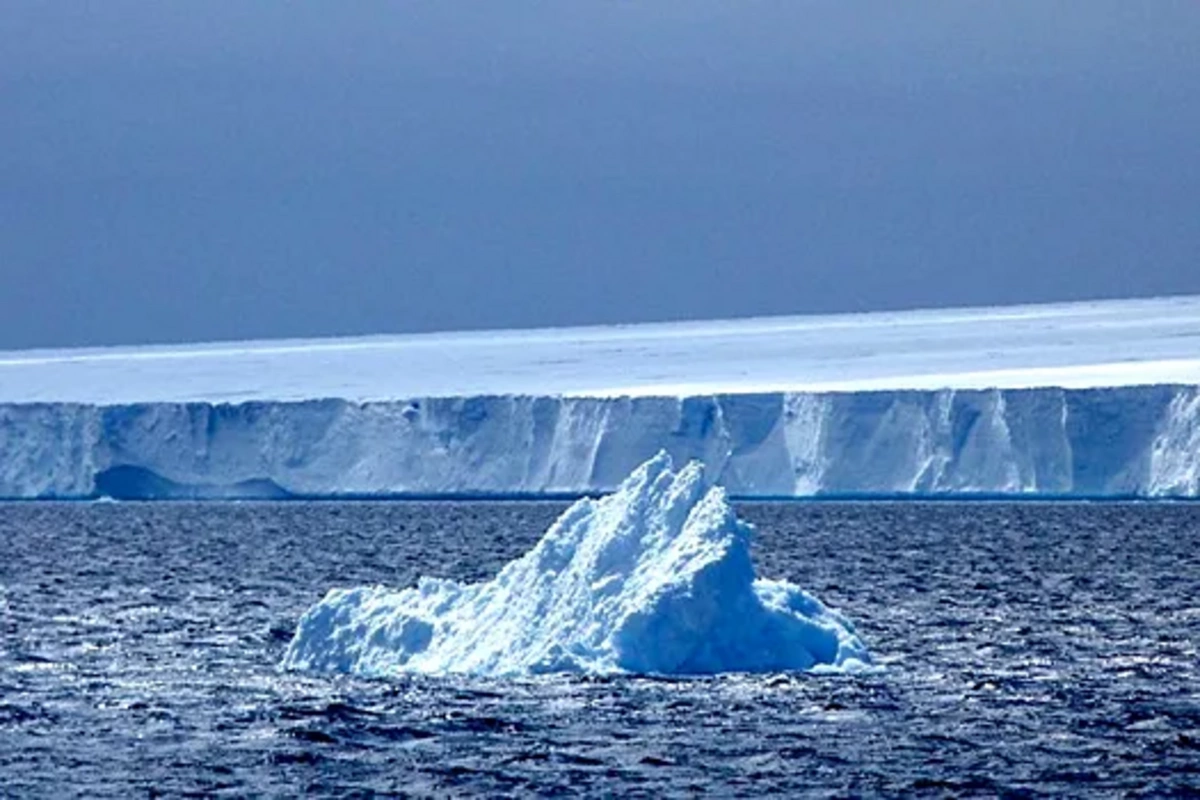The world's largest iceberg has lost 120 square kilometers of area

The world's largest iceberg A23a continues to shrink - recently it lost almost 4% of its area. A colossal ice fragment measuring 120 square kilometers broke off from the ice giant in the southern part of the Scotia Sea, as reported by the Arctic and Antarctic Research Institute.
The iceberg itself, which ran aground a few weeks ago approximately 80 kilometers south of South Georgia Island, still remains in this position.
Specialists have been closely monitoring the fate of this ice colossus for many years. The history of A23a began in 1986 when it separated from the Filchner Ice Shelf, however it remained immobile for more than three decades, sitting on a shoal. When it formed, the iceberg had an impressive area - more than 4 thousand square kilometers.
Recently, the ice giant began to move. In November 2023, it reached the open sea and began drifting northward. By mid-January 2025, the iceberg approached South Georgia Island, which caused serious concern in the scientific community. Researchers feared that the enormous ice mass could cause significant damage to fragile local ecosystems. However, the iceberg has not yet reached the island, having run aground again.
Scientists predict that warm water and ocean currents will continue to destroy the iceberg. Eventually, it will inevitably break up into smaller pieces and gradually melt.
Icebergs of this scale are quite rare. It's important to note that their appearance is not related to global warming. Researchers attribute the formation of such ice giants to the natural life cycle of glaciers. At the same time, icebergs play a significant role in marine ecosystems - as they melt, they enrich the water with valuable nutrients.
Similar News
Elon Musk's dance with a robot was captured on video
American entrepreneur Elon Musk danced with Tesla Optimus robot after approval of his record bonus in the amount of 1 trillion dollars. As reported by BAKU.WS,...




 Azərbaycanca
Azərbaycanca  По-русски
По-русски  English
English 






